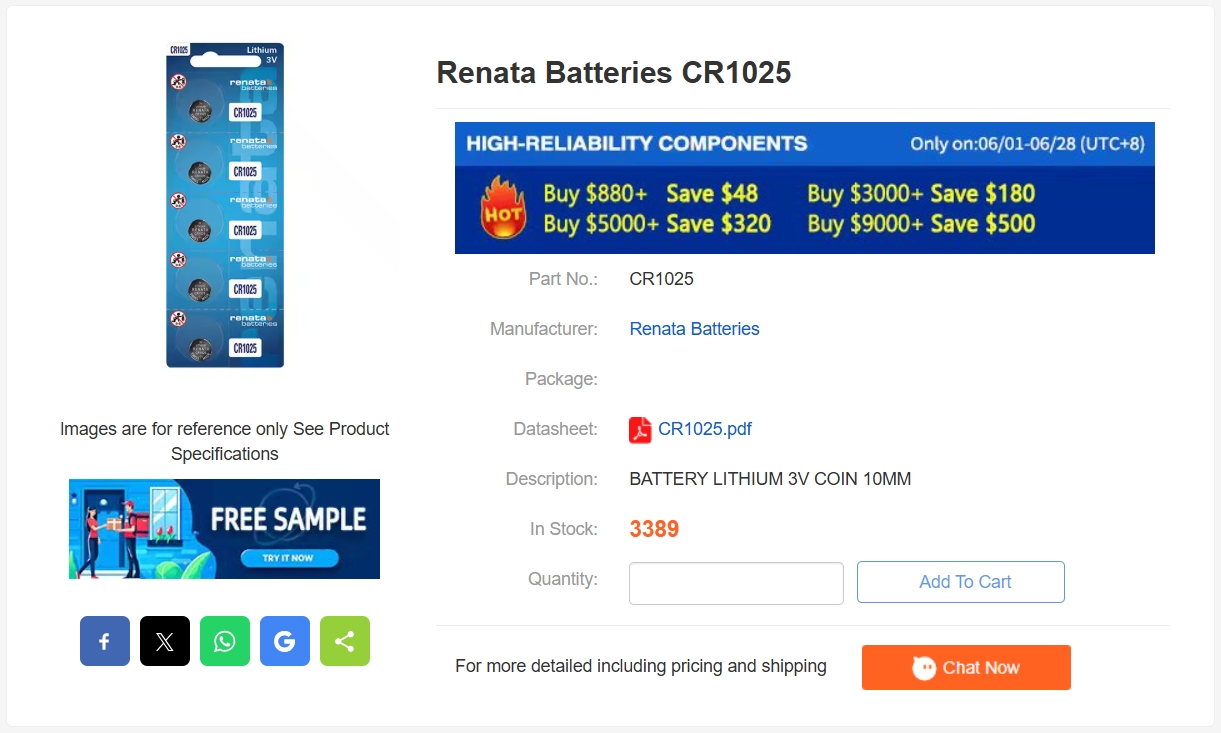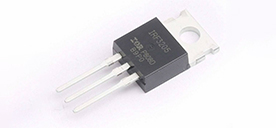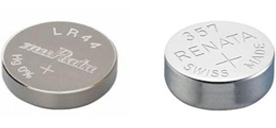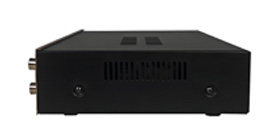CR1025 3v lithium battery: Datasheet, Equivalent, Replacement
2024/12/20 16:07:25
Views:
This article provides an overview of the key CR1025 battery specifications, common alternatives, and their compatibility to help you easily choose and replace the battery.
Discover the Perfect CR1025 Equivalent Battery for Your Needs!
- What is a CR1025 Battery?
- What battery replaces CR1025?
- CR1025 Battery Replacement
- Difference between CR1025 and CR2025, CR2032, DL2025 batteries
What is a CR1025 Battery?
The CR1025 is a lithium button cell with Li-MnO2 chemistry. It has a nominal voltage of 3 V, a capacity of 30 mAh, physical dimensions of 10 mm in diameter and 2.5 mm in height, and a weight of approximately 0.55 grams. The battery has a maximum output current of 5 mA and an operating temperature range of -30°C to +85°C, making it suitable for a variety of indoor and outdoor environments. It is not rechargeable, but it has a low self-discharge rate and a shelf life of up to 10 years. Designed for low power consumption devices, it is commonly used in digital and analog watches, calculators, car key fobs, fitness trackers, small LED devices and memory backup systems for electronic devices.
What battery replaces CR1025?
If you can't find a CR1025 battery near me, don't worry, there are several compatible models on the market with similar performance. Common CR1025 battery equivalents include: LM1025, 5033LC, BR1025, DL1025, ECR1025, KCR1025 and KECR1025.
CR1025 Battery Replacement
When CR1025 battery is low or depleted, you can choose from these compatible substitute batteries for replacement. The following are some well-known brands of CR1025 batteries.
Duracell CR1025
Panasonic CR1025
Renata CR1025
Varta CR1025
Pila CR1025
These brands of batteries can be purchased through online platforms such as Amazon or local retailers such as CVS, Walmart, Target, Lowes and Batteries Plus. or for Bulk purchasing, check out vendors that offer CR1025 battery discount .
Difference between CR1025 and CR2025, CR2032, DL2025 batteries
To help you better understand the compatibility of the CR1025 battery, here's a cross-reference chart comparing it with other common lithium batteries:
cr1025 battery cross reference chart
CR1025 vs CR2025:The CR2025 battery is size and has a higher capacity than the CR1025 and cannot be used interchangeably.
CR1025 vs CR2032:The CR2032 is dimensions and capacity than CR1025 and cannot be replaced.
CR1025 vs DL2025:The DL2025 is a Duracell-branded equivalent of the CR2025. It's larger and more powerful, so it cannot replace the CR1025 either.
As shown in the figure, although the CR2025 and CR2032 have the same voltage as the CR1025, they are larger in size and capacity, so the CR1025 battery cannot directly replace these batteries when conversion.
Related Information
-
-
Phone
+86 135 3401 3447 -
Whatsapp






